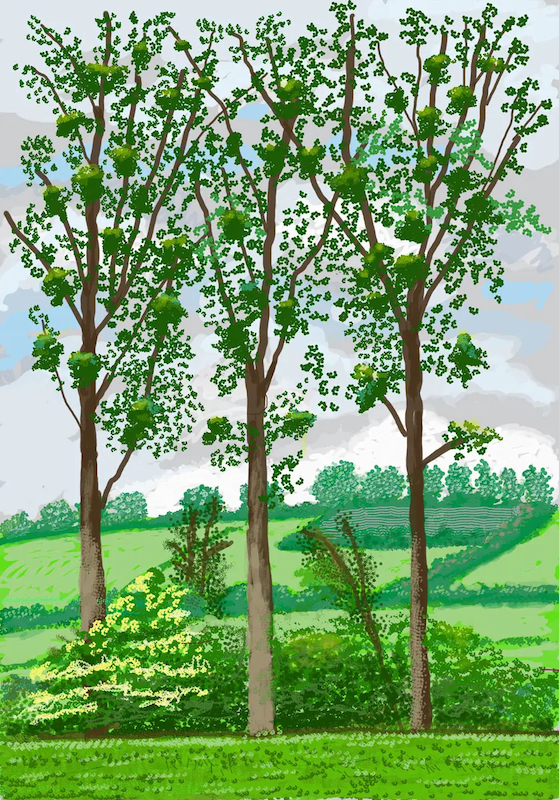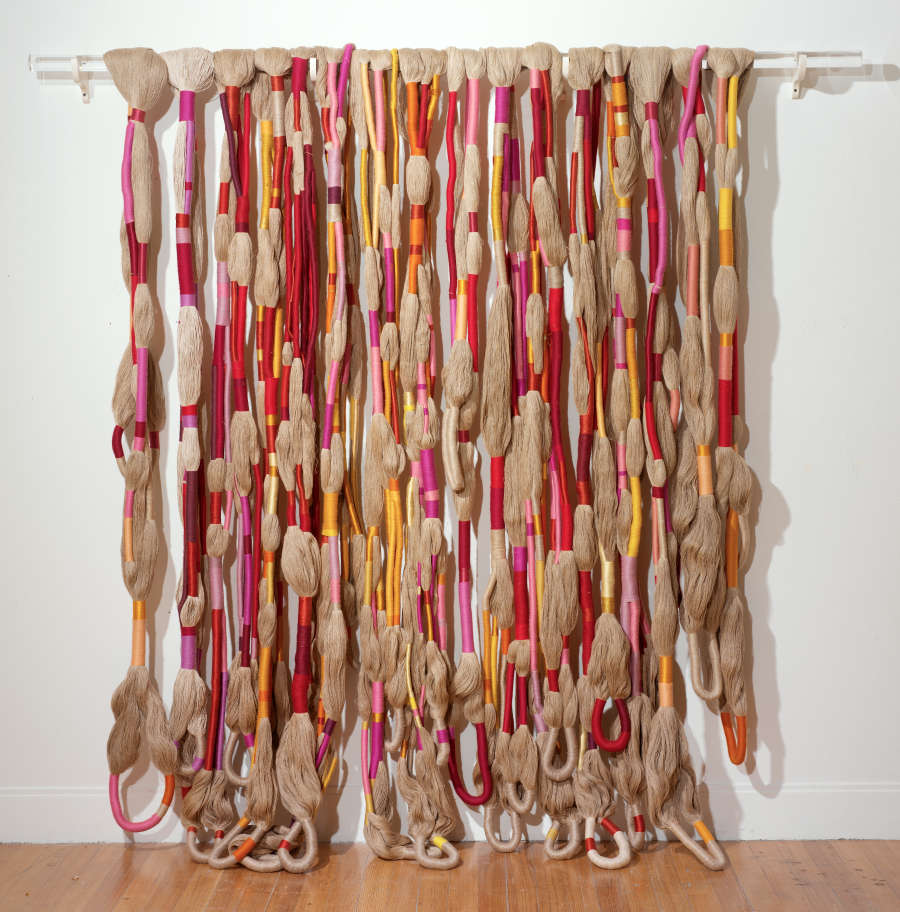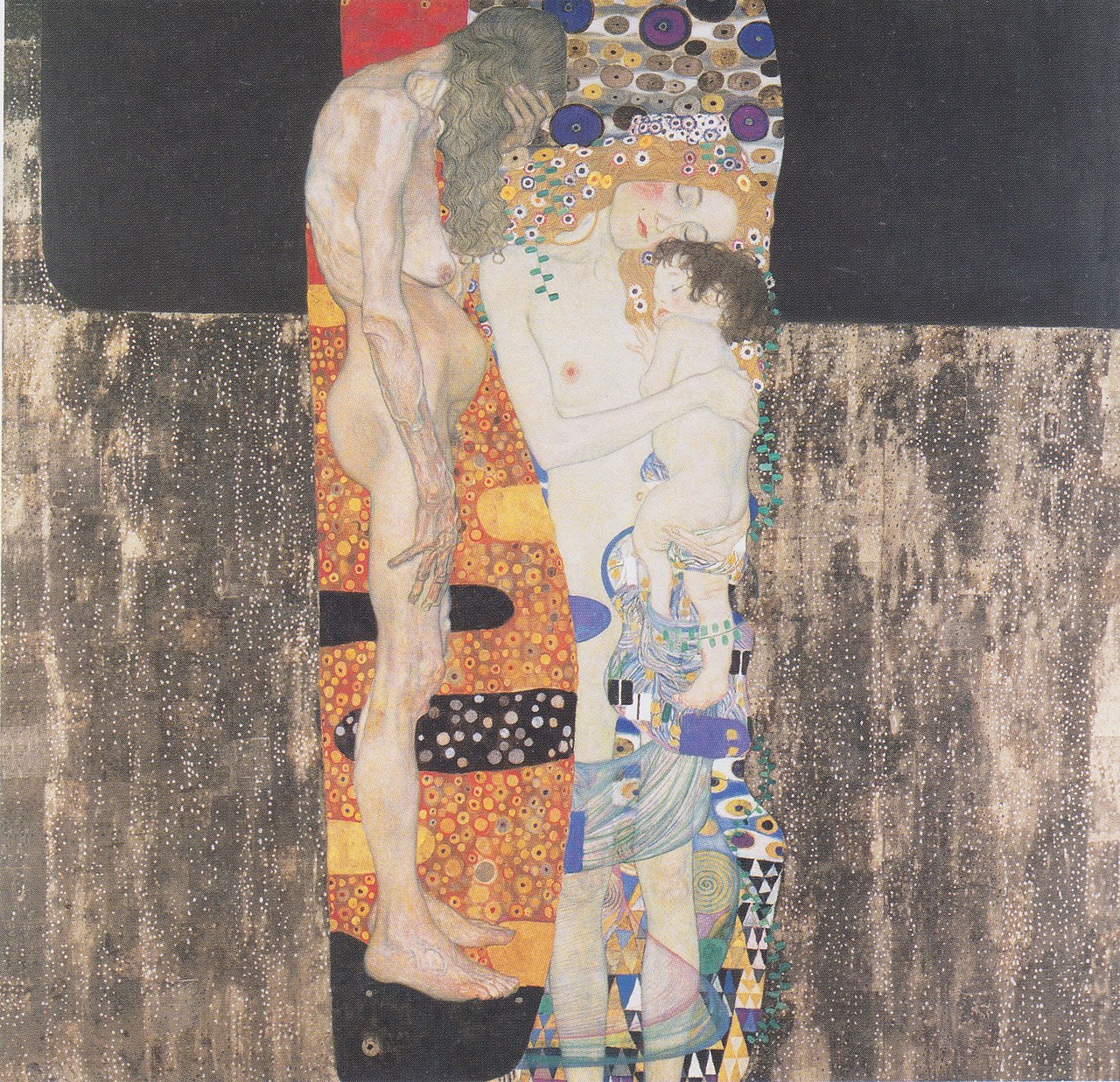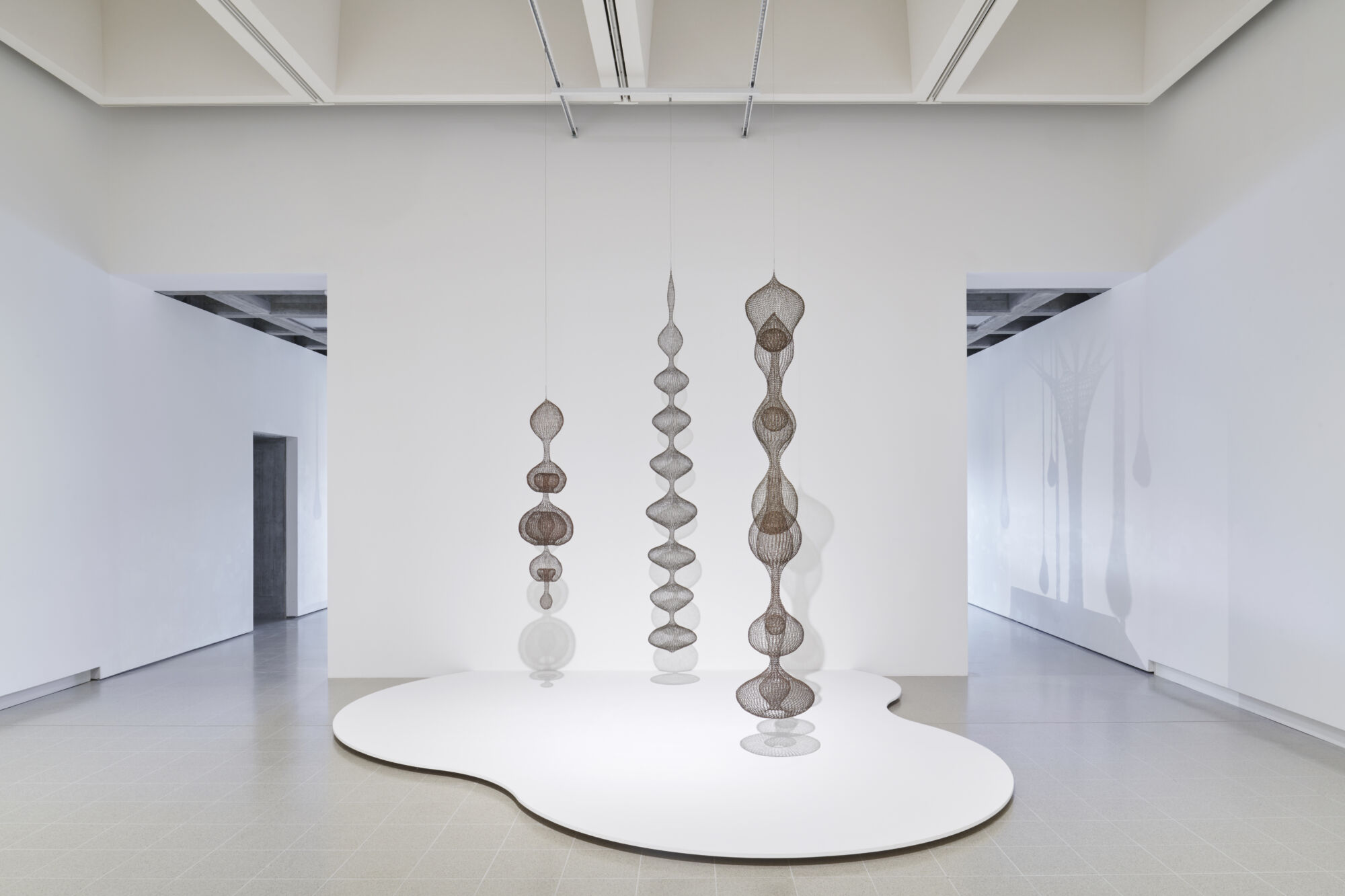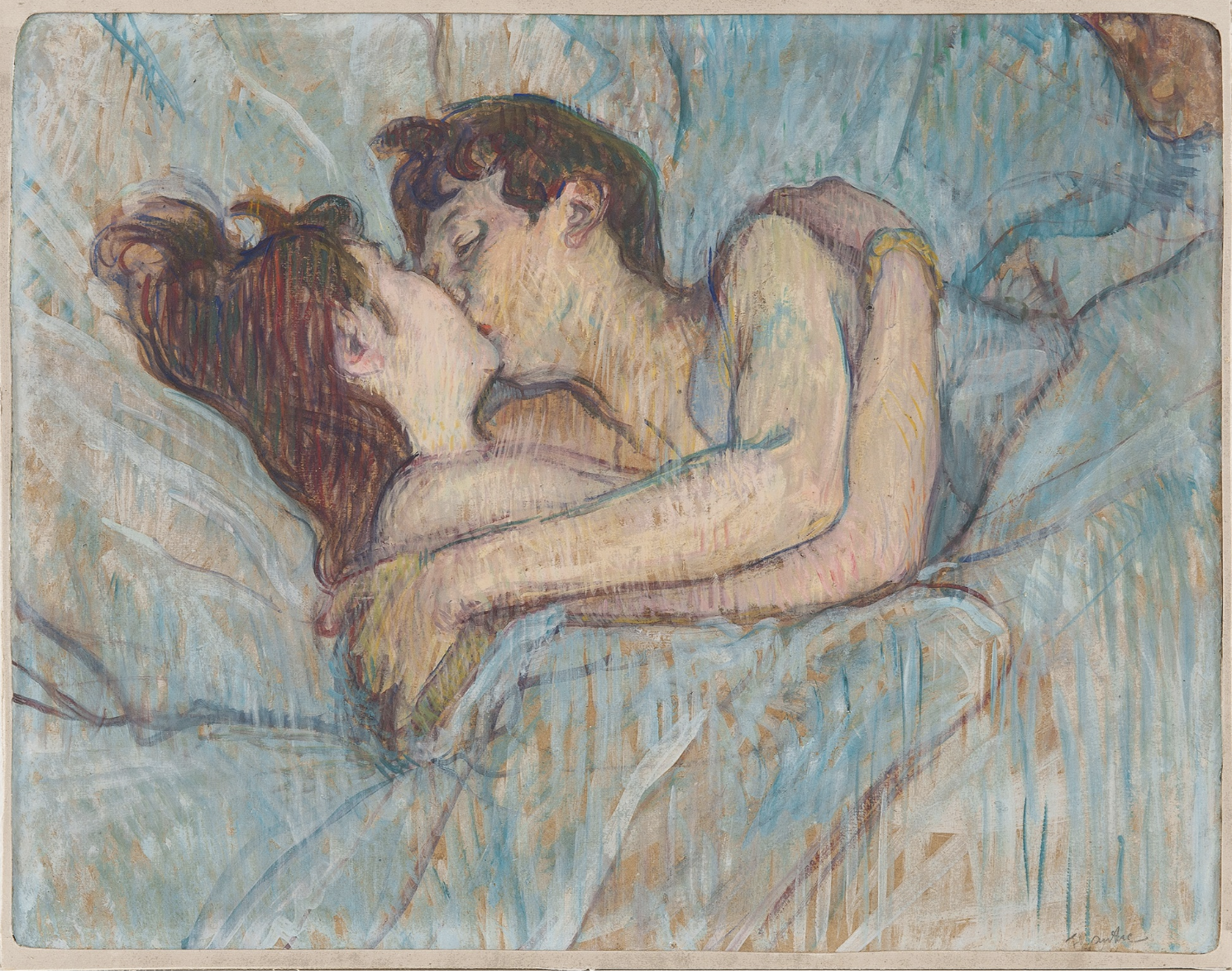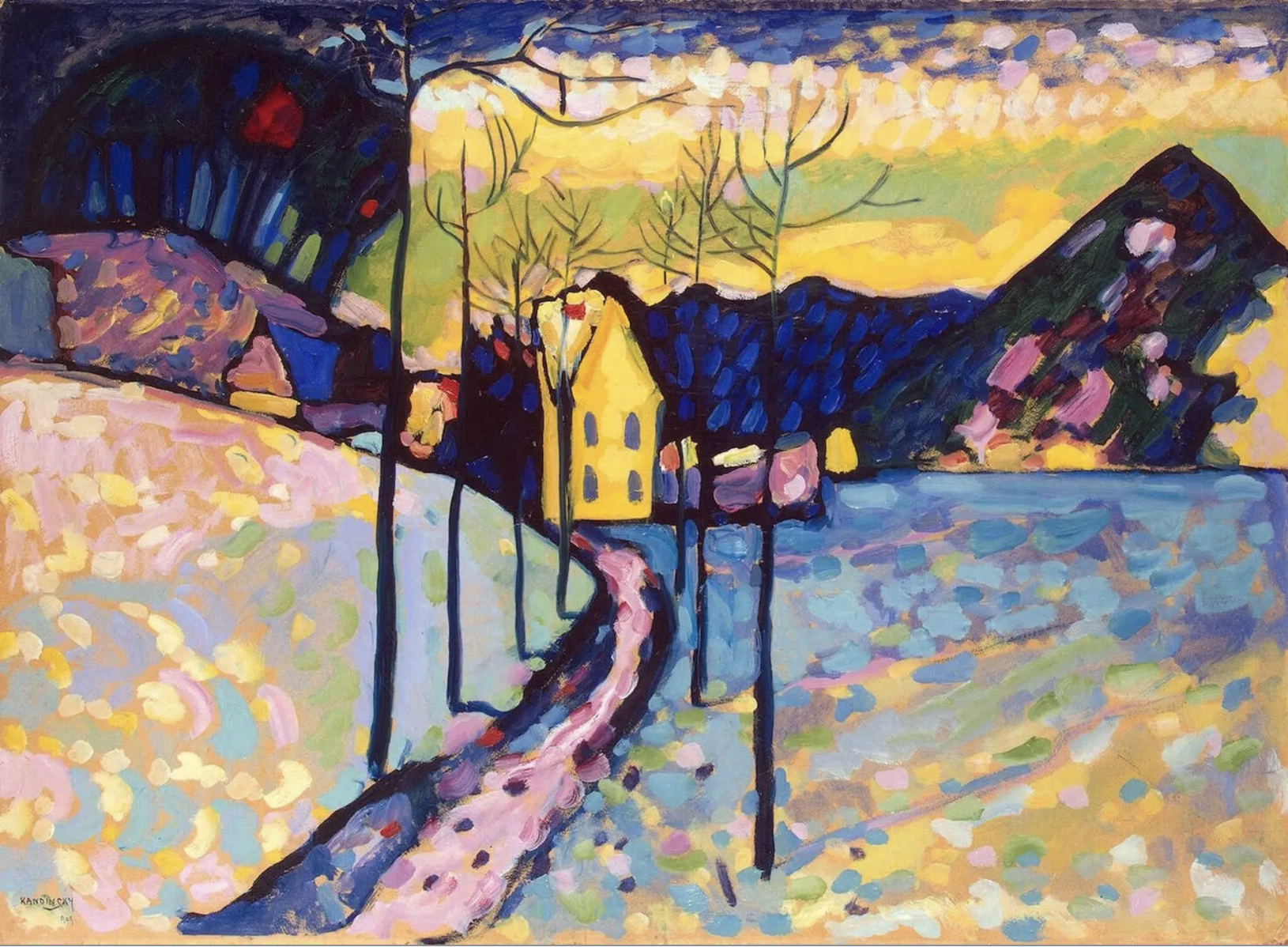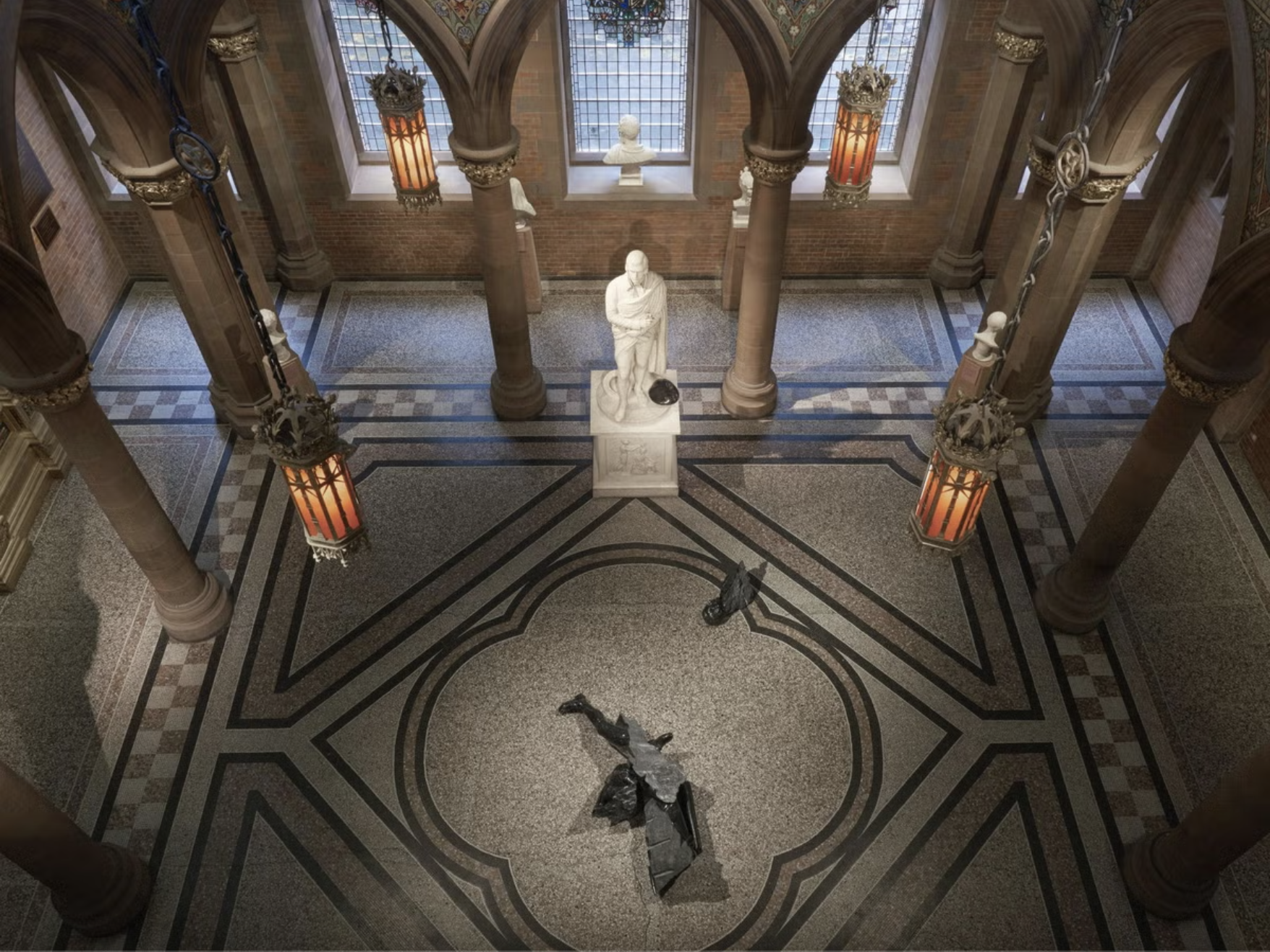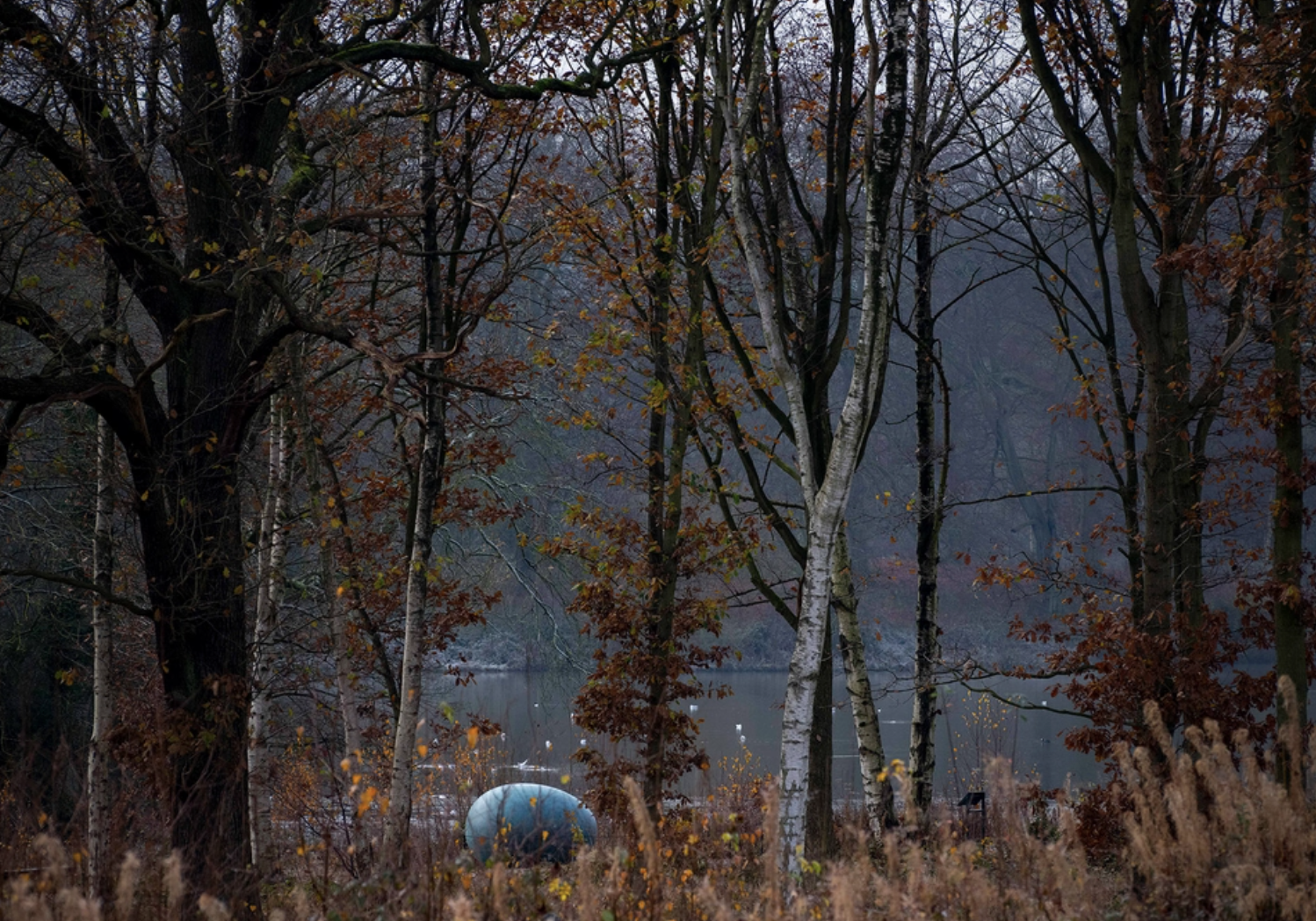
Discover Oeuvre (Verdigris), 2018, by Gavin Turk
Gavin Turk has created over 600 odes to the egg over his lifetime, following in the footsteps of artists such as Dali, Magritte and Brancusi. These fragile symbols of life and creation appear in the YBA artist's work in all manner of guises: as surreal faces, broken shells depicting his signature and in liquid form as mayonnaise and egg tempera paint.
“Oeuvre (Verdigris),” 2018, at Yorkshire Sculpture Park is made from patinated bronze and resembles a giant duck egg. In the leafy surrounds of the Lower Lake, it could almost be real, though comic in scale. The work’s title toys with the similarity between the word for an artist’s life’s work – ‘oeuvre’ – and the French word for egg – ‘oeuf’. It will be a fitting sculpture to stumble across as you take a spring stroll around the park this Easter.
“Oeuvre (Verdigris),” 2018, at Yorkshire Sculpture Park is made from patinated bronze and resembles a giant duck egg. In the leafy surrounds of the Lower Lake, it could almost be real, though comic in scale. The work’s title toys with the similarity between the word for an artist’s life’s work – ‘oeuvre’ – and the French word for egg – ‘oeuf’. It will be a fitting sculpture to stumble across as you take a spring stroll around the park this Easter.
Share




